CPAP or continuous positive airway pressure devices, is among the most widespread methods of treatment for patients suffering from respiratory conditions like obstructive sleep apnea. But, while this CPAP treatment is useful, patients often face trouble adjusting to sleeping while using such devices. Common issues faced by patients include dryness of the mouth, feelings of suffocation, waking up multiple times during the night, trouble exhaling, etc.
Companies that manufacture CPAP and similar devices have therefore introduced several new and innovative technologies from time to time in a bid to make the experience of patients suffering from obstructive sleep apnea more comfortable. EPR, or Expiratory Pressure Relief is one such technique used in CPAP devices that aims to make the process of exhaling more comfortable for the user.
This feature makes it easier to customize a CPAP device based on the specific needs of the user - making it possible for them to have a good night’s sleep without any unwanted interruptions. Here is everything you need to know about EPR on CPAP and its many benefits.

What Exactly Is EPR?
Expiratory Pressure Relief, or EPR is a pressure relief feature found in some ResMed CPAP devices. It is a trademarked feature by the company, which lowers the air pressure delivered to the patient during exhalation. As a result, the patient won't have to deal with the full force of the air pressure while exhaling, thereby making it easier for them to breathe.
It allows users to adjust the pressure settings as per their needs, thereby ensuring a more comfortable experience while using the device. And this increased level of comfort is especially crucial for patients with obstructive sleep apnea who are using CPAP devices for the first time, as it ensures high quality sleep without interruptions.
However, this feature isn't unique to ResMed devices, although the trade name is. Other manufacturers of CPAP machines and other sleep therapy devices also offer products designed with similar features. For example, Respironics CPAP machines offer this comfort feature under the name of C-Flex. Similar to EPR, it also enables users to adjust the pressure settings to match their needs.
How Does It Work?
Before we go into the details of how EPR works, we first need to understand what a CPAP machine does. People with obstructive sleep apnea experience interruptions in their breathing while asleep due to some kind of blockage in their airways. CPAP machines are used to treat such conditions - these help deliver a continuous stream of pressurized air into your nose and mouth via a mask while you sleep. This stream of pressurized air helps open up your airways, enabling you to breathe normally throughout the night.
Usually, the air pressure to be delivered through the mask is pre-set by a medical professional depending on your specific condition. But, as CPAP devices deliver a constant air pressure, it may sometimes make exhalation difficult. This is especially true for patients with severe sleep apnea who require a high pressure setting to keep their airways open. They often face difficulties exhaling due to the continuous air pressure. The EPR feature in CPAP machines is designed to alleviate such discomfort.
These CPAP machines are designed with multiple comfort settings that the users can choose from to ensure optimum comfort while breathing. They have the option to reduce the air pressure by one, two, or three pressure points during exhalation. For example, if your normal pressure setting for the CPAP machine is 10, and you choose the option for reducing it by two pressure points, the device will lower the pressure to 8 when you exhale.
This feature found on ResMed CPAP devices and other sleep therapy machines works on a breath-by-breath basis, making it easier for users to adjust to their treatment with minimum discomfort. It ensures that patients do not have to compromise on comfort even when using a CPAP machine at night.
Benefits Of EPR
Respiratory devices with EPR features have several advantages, some of which are mentioned below.
- Reduced air pressure: A constant stream of pressurized air blowing into the nose and mouth can make it difficult for patients with obstructive sleep apnea to exhale. And this may lead to feelings of suffocation. But using a machine with EPR features can alleviate the trouble by reducing air pressure during exhalation - thereby providing better comfort.
- Improved sleep: As the patient may have trouble exhaling due to the constant air pressure, it's likely that they may be awakened multiple times due to the discomfort. But, reducing the air pressure during exhalation can make it easier to breathe, thereby ensuring uninterrupted high quality sleep.
- Lesser noise: Another common issue with people using CPAP devices at a high pressure setting is waking up due to the noise of air leaking from the mask. EPR helps adjust the air pressure as per your breathing rhythm, reducing the chances of leaks.


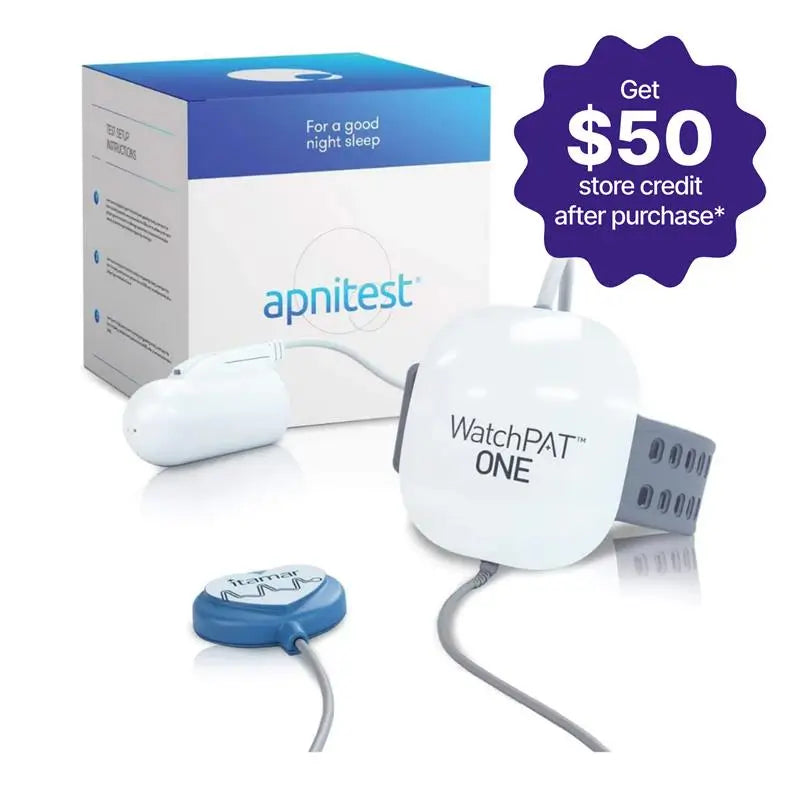

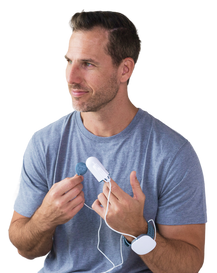




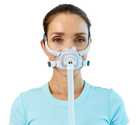
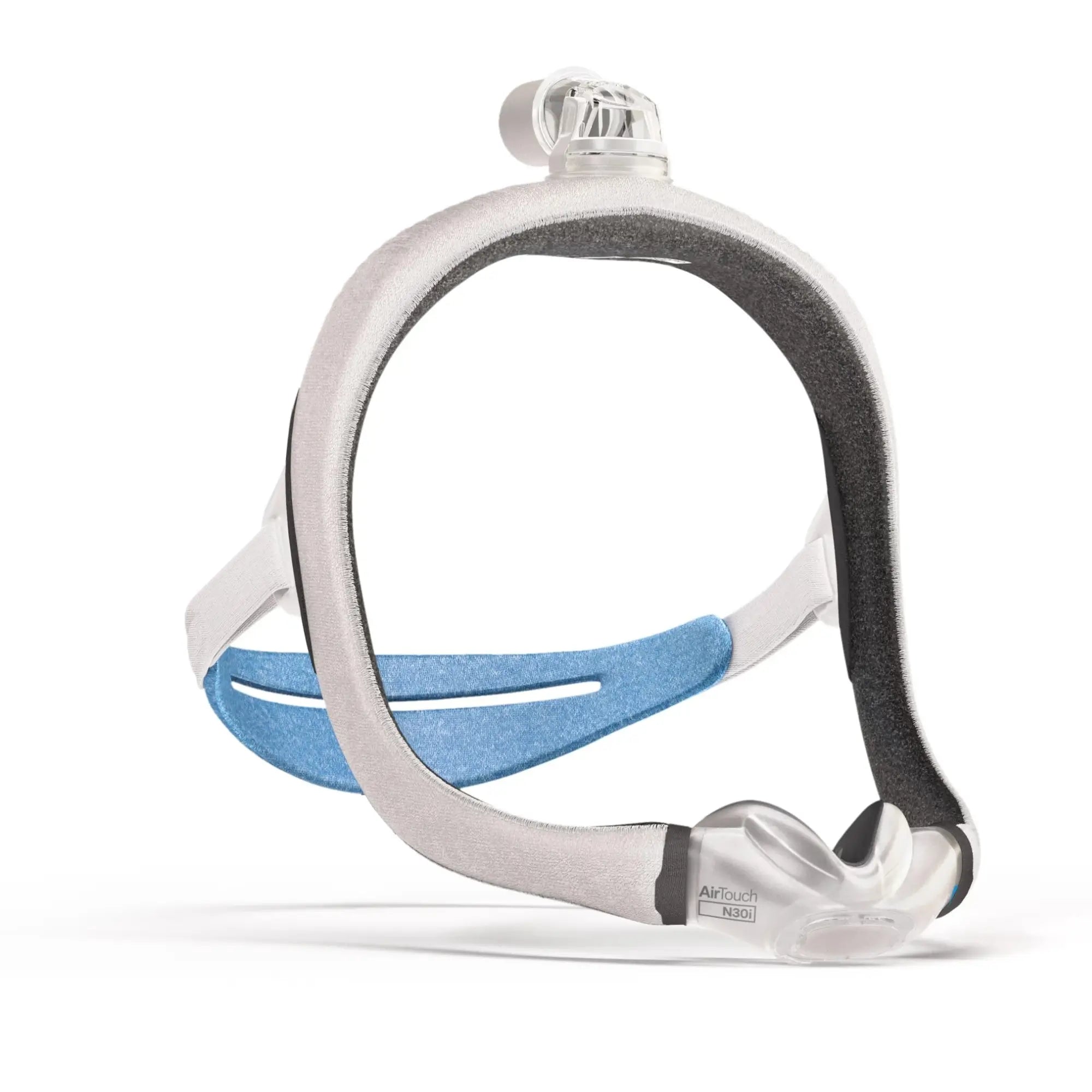




















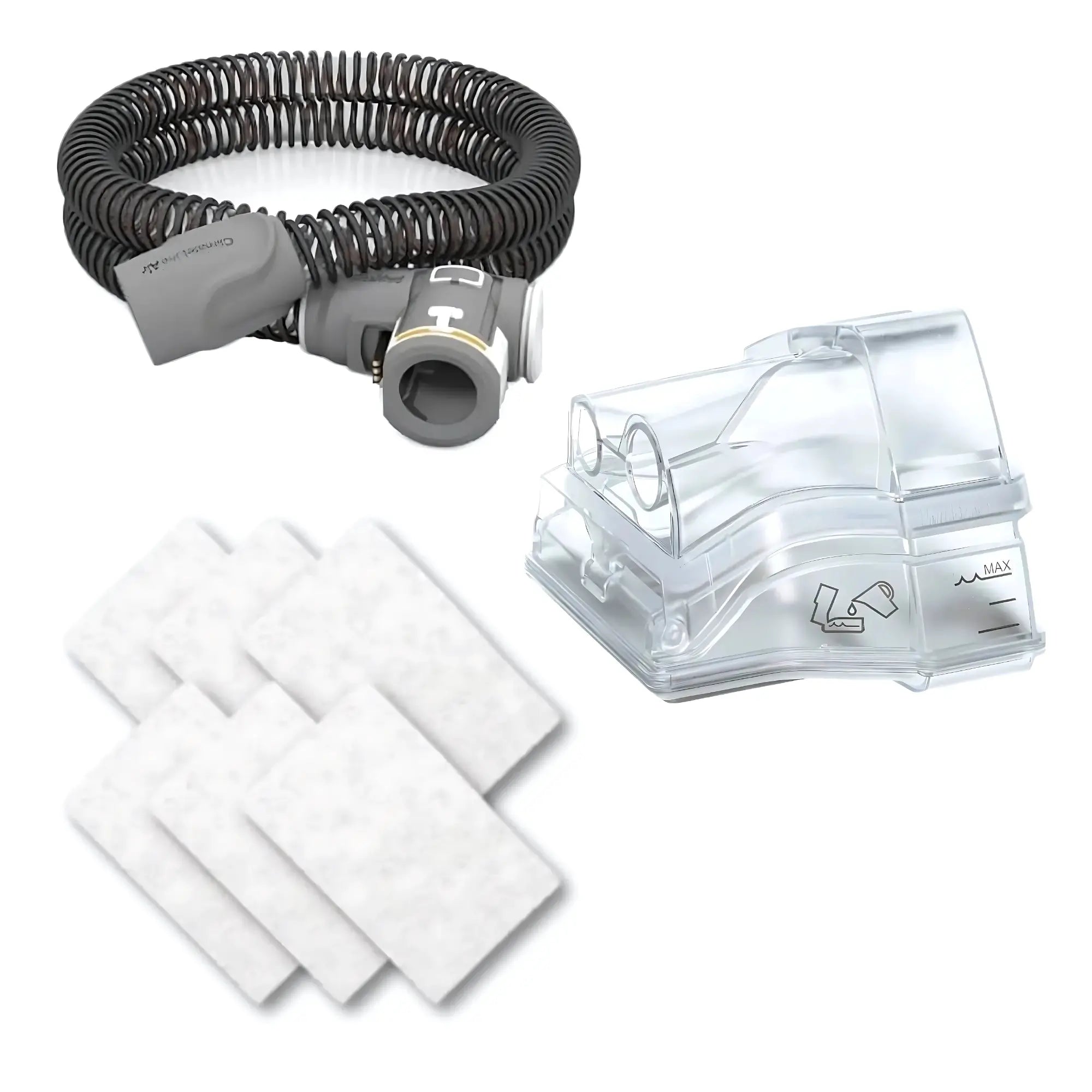





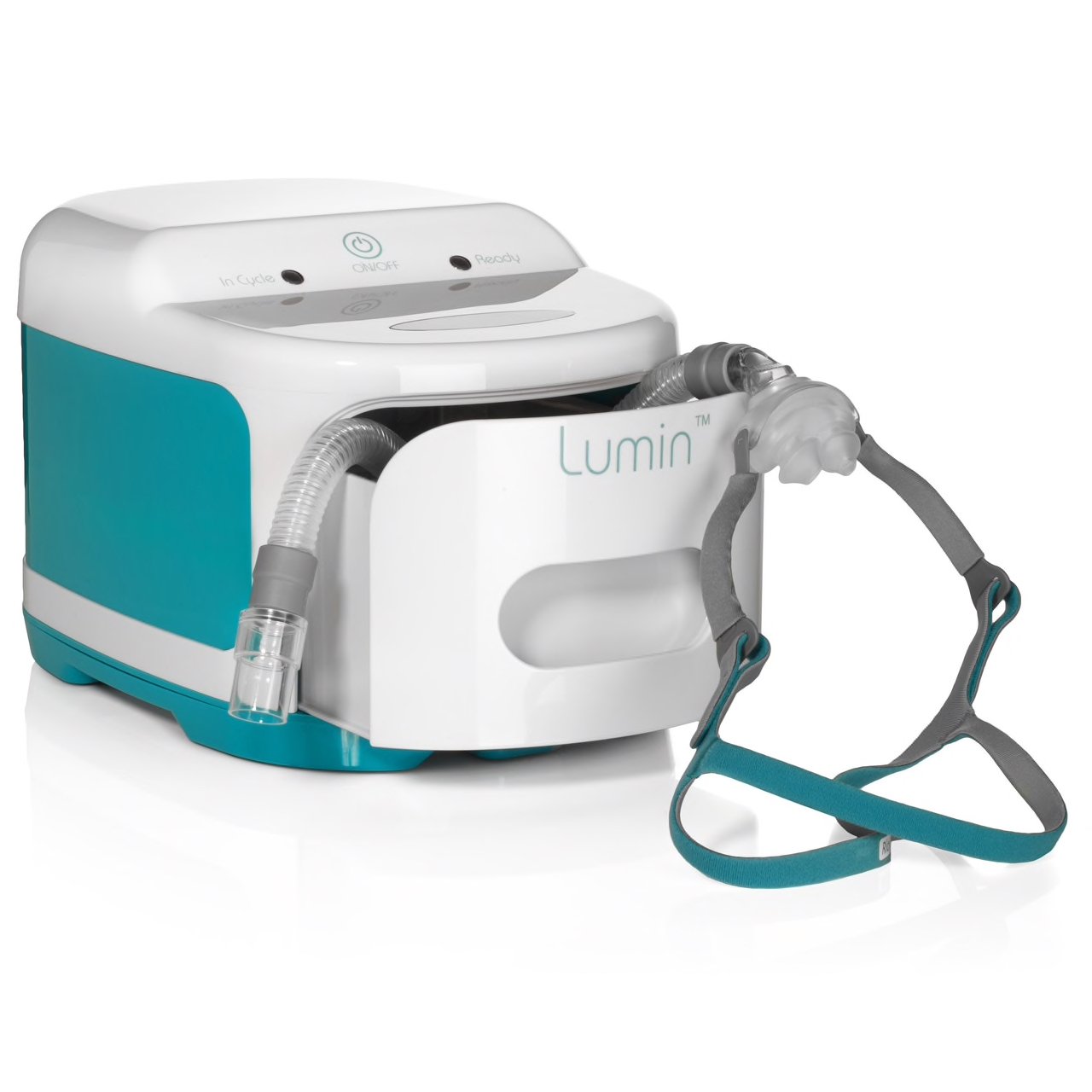
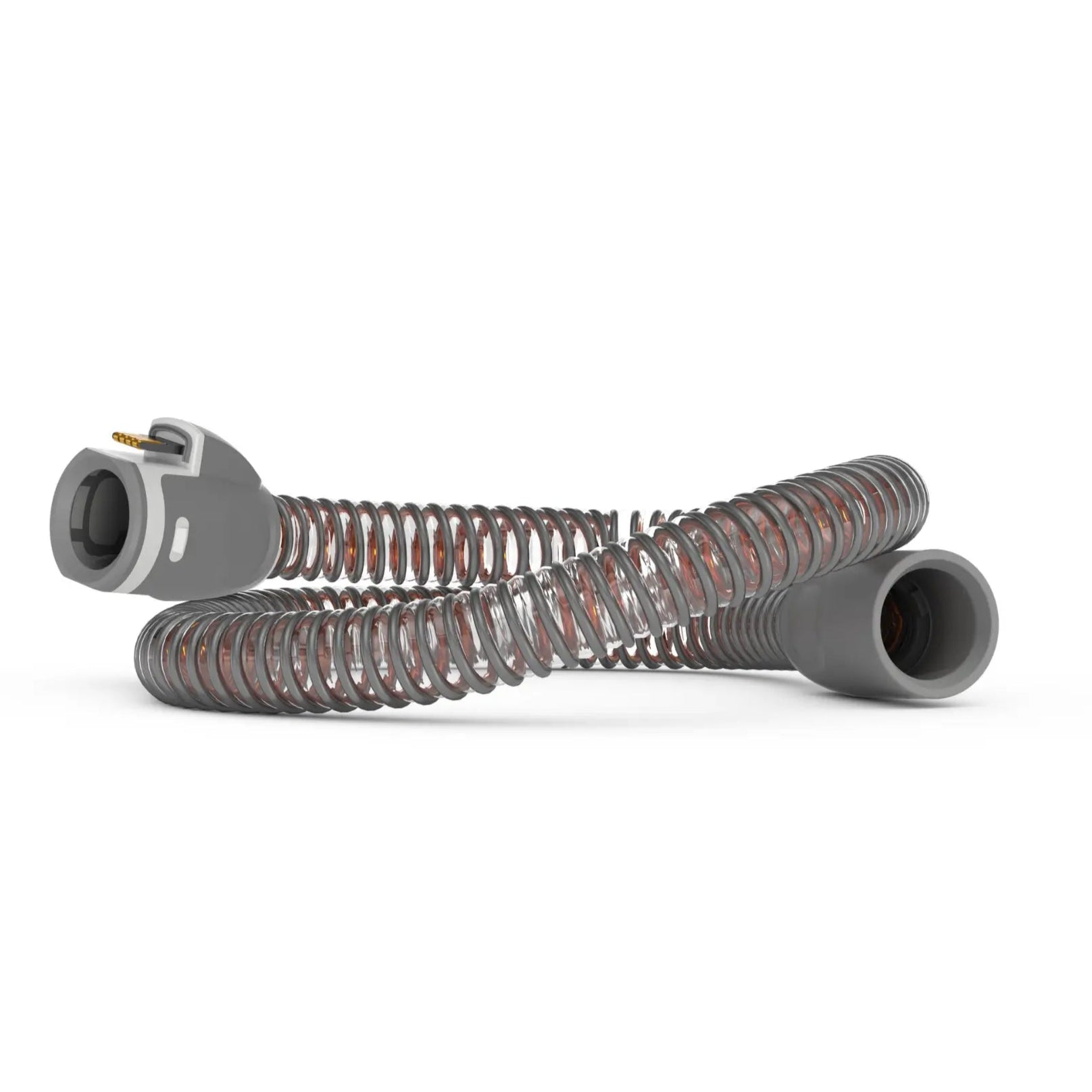




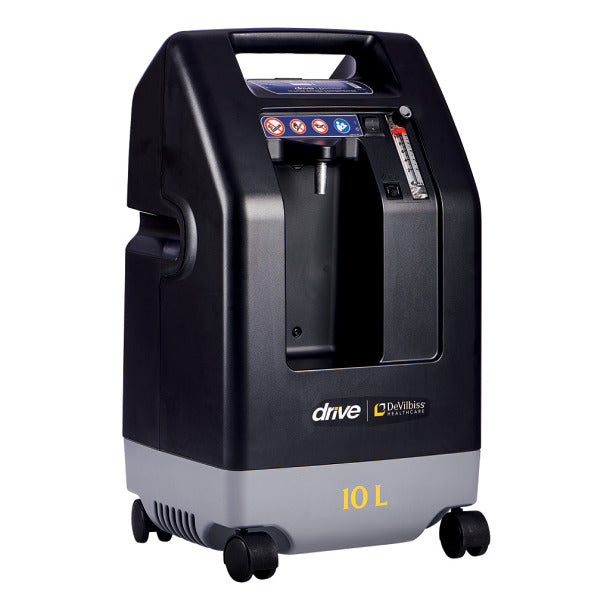
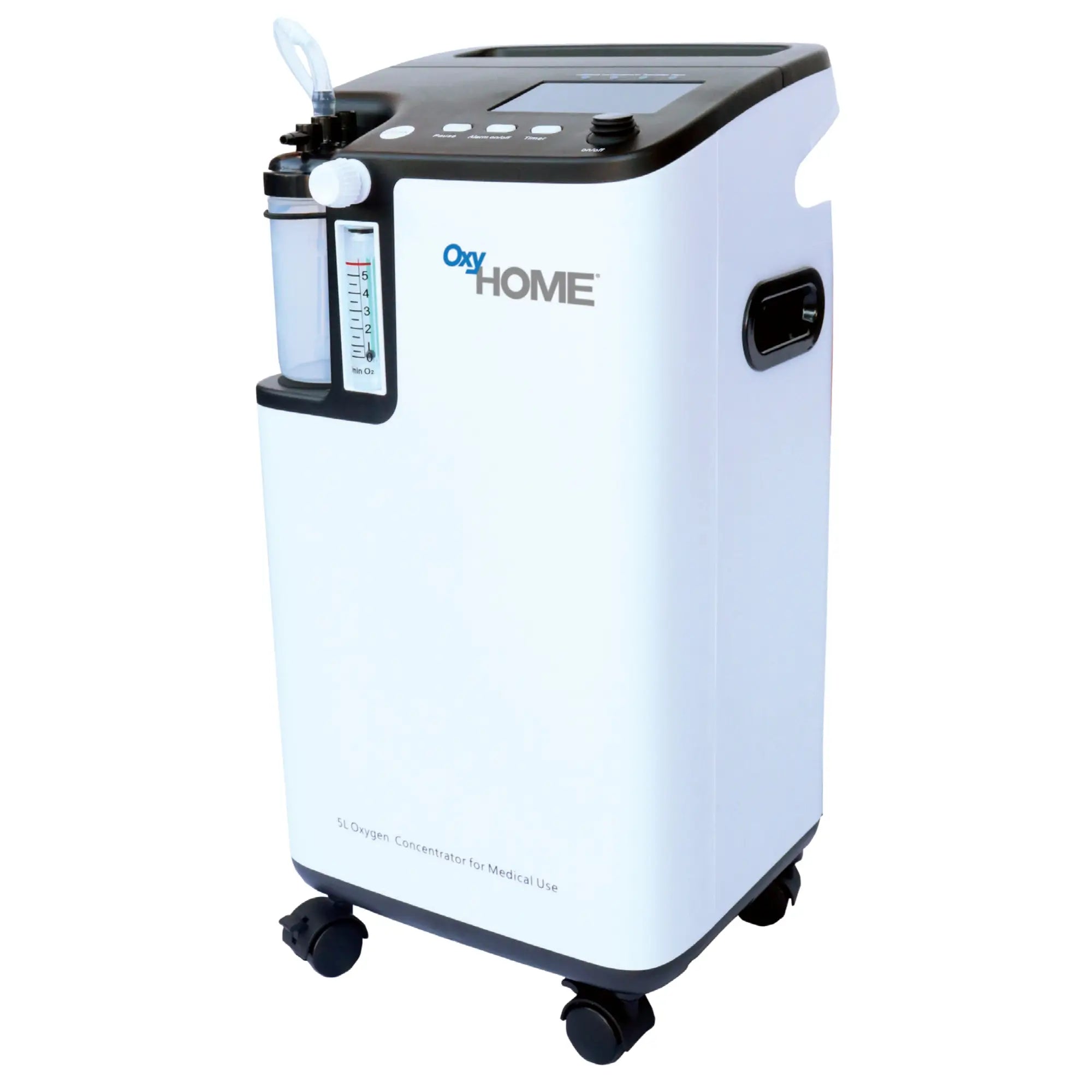





Comments (1)
Great information. How do you adjust the expiratory feature in a Resmed 11?